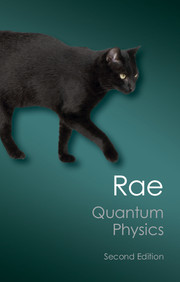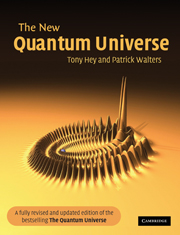Introduction
The idea of fault-tolerant quantum computation presents a bold challenge to the rather well established principles called the strong Church–Turing thesis and the Bohr correspondence principle. One of the variations of the strong Church–Turing thesis (SCTT), which is not due to Church or Turing, but rather gradually developed in the field of computational complexity theory, is the following [BV97]:
Any “reasonable” model of computation can be efficiently simulated on a probabilistic Turing machine.
This can be expressed even less formally but more practically as:
No computer can be more efficient than a digital one equipped with a random number generator.
Here, a computer A is “more efficient” than a computer B if A can solve, in polynomial time, a problem that cannot be solved in a polynomial time by computer B.
On the other hand the Bohr correspondence principle (BCP) demands that:
Classical physics and quantum physics give the same answer when the systems become large.
A more rigorous form of the BCP is the following:
For large systems the experimental data are consistent with classical probabilistic models. Here, by a classical probabilistic model we mean a model in which all observables are described by real functions, and all states by probability distributions on a certain set (“phase-space”).

